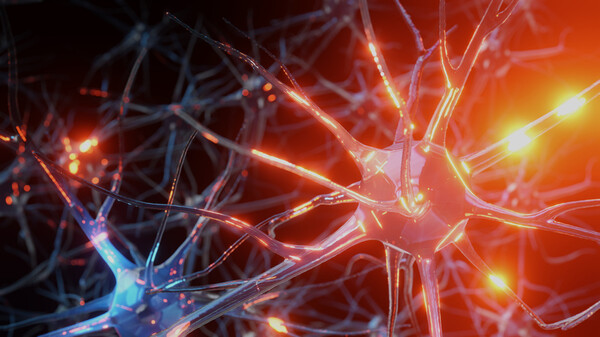KAIST said on Wednesday that its researchers identified mutations present in trace amounts of brain cells in patients with local cortical dysplasia, an intractable epilepsy in children, laying the foundation for developing a treatment.

Epilepsy is a neurological disorder characterized by repeated seizures. Existing anticonvulsants only prevent and control seizures by suppressing excessive excitement in the brain. However, if seizures are not controlled in children with intractable epilepsy, it can lead to brain damage and life-long disabilities.
Local cortical dysplasia is an abnormality that occurs during the development of the fetus’ brain. It has no cure, and brain resection is the only treatment but the recurrence rate after surgery is high at 30-40 percent, and many patients are inoperable.
The research team first reported that local cortical dysplasia causes seizures due to brain cell-specific mutations in genes related to the MTOR pathway in 2015 in Nature Medicine and this was used to revise the International League Against Epilepsy (ILAE)’s new diagnostic criteria for the disease in 2022. However, the existing brain mutation diagnostic method only has a 50 percent detection rate.
The research team previously confirmed in animal experimental studies that even if only a small amount of brain cells, which account for less than 1 percent of all brain cells, have the genetic mutation, it changes the overall seizure activity and causes seizures.
Accordingly, the researchers studied the mTOR activation signals of brain nerve cells of 19 patients with local cortical dysplasia whose cause was not found by the existing method through genetic sequencing. It showed that 30 percent of patients had a trace amount of mutation, and 20 percent had a germ cell mutation of the GATOR1 complex, an inhibitory gene of mTOR.
This diagnostic approach was able to sensitively detect mutations up to about 34 times compared to conventional methods while increasing the genetic diagnosis rate of patients with local cortical dysplasia to 80 percent.
“The results will be used to develop innovative RNA treatments that help precisely target mutant genes in these patients through the KAIST startup, Sovargen,” said Dr. Kim Ja-hye, of Pediatrics and Adolescents at Asan Medical Center in Seoul. "We hope that this approach can provide a foundation for the development of treatments for this intractable epilepsy."
Related articles
- SK Biopharmaceuticals enters digital healthcare with epilepsy wearables
- SK Biopharmaceuticals discloses results of seizure alert devices at AES 2022
- SK Biopharmaceuticals begins domestic clinical trial for new epilepsy drug
- KAIST aims to optimize cancer CAR cell therapies using AI-enabled logic circuits
- SMC, KAIST find new cancer immunotherapy pathway
- Treatment mechanism found for autistic epilepsy patients with Ank2 deficiency

